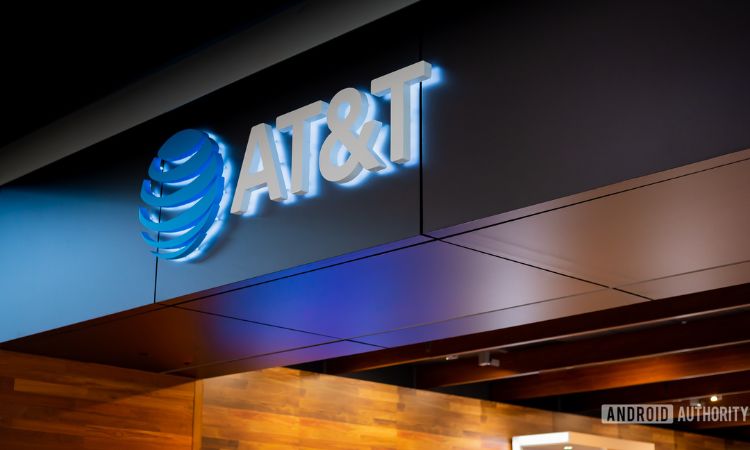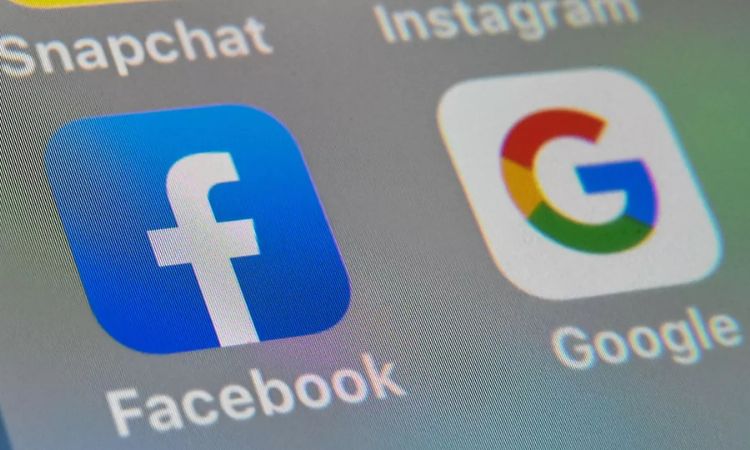Transparency, according to ad industry professionals in India, is the most important demand in the sector. Due to the expansion of the digital advertising segment, Advertisers Seek Transparency in Digital Media.
Background of Digital Media Advertisements
In 1994, an AT&T banner advertisement on Wired.com came out. This was regarded as the first-ever digital commercial. It sparked a chain reaction that changed the advertising world forever.
After three decades, Digital Advertising has established itself as the most powerful medium. It also concentrated on two global tech behemoths: Google and Facebook.

Table of content
- Growth of the Big Tech
- Importance of transparency in digital media
- Frequent policy revisions of the Big Tech
- Taking a stance against data collection
Growth of the Big Tech
The term “big tech” refers to Facebook and Google, as well as their affiliated firms such as Instagram and YouTube. These are controlled by the two titans. The growing dominance of big tech and their efforts to modify the rules have concerned brands and marketers throughout the globe.
As a result of the effect, some states in the U.S. have started an antitrust case against Google and Facebook. They accused Big Tech of making secret deals with each other so that they could have a monopoly in the digital ad space.
For a long time, Indian marketers have been discussing digital malpractices and data scams in a hushed way. However, that is no longer the case.
The digital ecosystem is highly complicated, and multiple firms are participating in customers’ data collection activities. As a result, statistics on the reach and effect of targeted advertising will always be subject to variance. A variation of up to 15% is permitted.
A third-party audit, on the other hand, often reveals a 30-40% disparity. To make things worse, there is no platform to voice dissatisfaction with such inconsistencies.

Importance of Transparency in Digital Media
Transparency is the most important necessity in the digital advertising industry. This is not only to preserve the faith of advertisers but also to ensure the continued existence of these tech behemoths.

It’s worth noting that Google and Facebook now dominate roughly two-thirds of the Indian digital ad industry. In addition, the digital ad market is expected to grow at a rate of 20% each year. This is because of the pandemic and changes in consumer habits and behavior.
The majority of businesses devote 30% to 40% of their ad expenditure to digital advertisements. However, owing to a lack of trust and transparency, their faith in the medium is eroding.
According to Integral Ad Science’s (IAS) recent poll of Indian digital media specialists, “ad frauds” is a major problem across mobile and social media settings. Ad fraud includes invalid traffic, inorganic impressions, and other issues.
To prevent data theft and manipulation, major marketers have begun to use verification tools and third-party audits. Most marketers, however, are still avoiding these audits because they are costly. As a result, the market is mostly uncontrolled.
According to Lloyd Mathias, a business strategist, India needs to document its own data protection and digital consumer safety ethics. This will force non-transparent affiliates and publishers behind ad networks such as Google and Facebook to be punished.
India has one of the world’s fastest-growing economies. Keeping Big Tech under control is crucial and necessary since it may be exploited for and by different known and unknown motives and forces. It may deliberately upset the progress and peace in Indian society.
Frequent Policy Revisions of the Big Tech

Google and Facebook are constantly altering their rules and frameworks. Many marketers may or may not be “fully” aware of this while spending billions on digital advertisements.
A digital advertiser demands transparency in two dimensions: cost and inventory. The client needs to know where the advertisement appeared and how much it cost. The optimization process begins when these two factors have been clarified. It’s tough to have total control of ad slots today because they’re distributed and sold by automated systems.
Another significant difficulty is the ad platform’s measuring metric. It’s crucial to know if the DSP does the measurement itself or relies on a third party to provide the essential performance parameter.
Taking a Stance Against Data Collection

Brands, according to ad industry professionals, must also speak out against digital fraud. Huge businesses are beginning to use third-party solutions to monitor consumer data and ad impressions in order to obtain a clear picture of their ROI. However, they are not speaking out against the internet giants’ monopoly and opaqueness.
Brand custodians are the ones who have the greatest influence. As a result, people must take a position to demand openness in digital advertising. The Interactive Advertising Bureau (IAB), which previously established criteria for the digital advertising space, should consider the issue and establish some norms for consumer data as well.
Also, Read More-
Top Digital Startup Ideas In 2022
Best Ways Of Digital Payment in India
How Blockchain Will Help India Take a Digital Leap?
*All of the above images are taken from Google.














